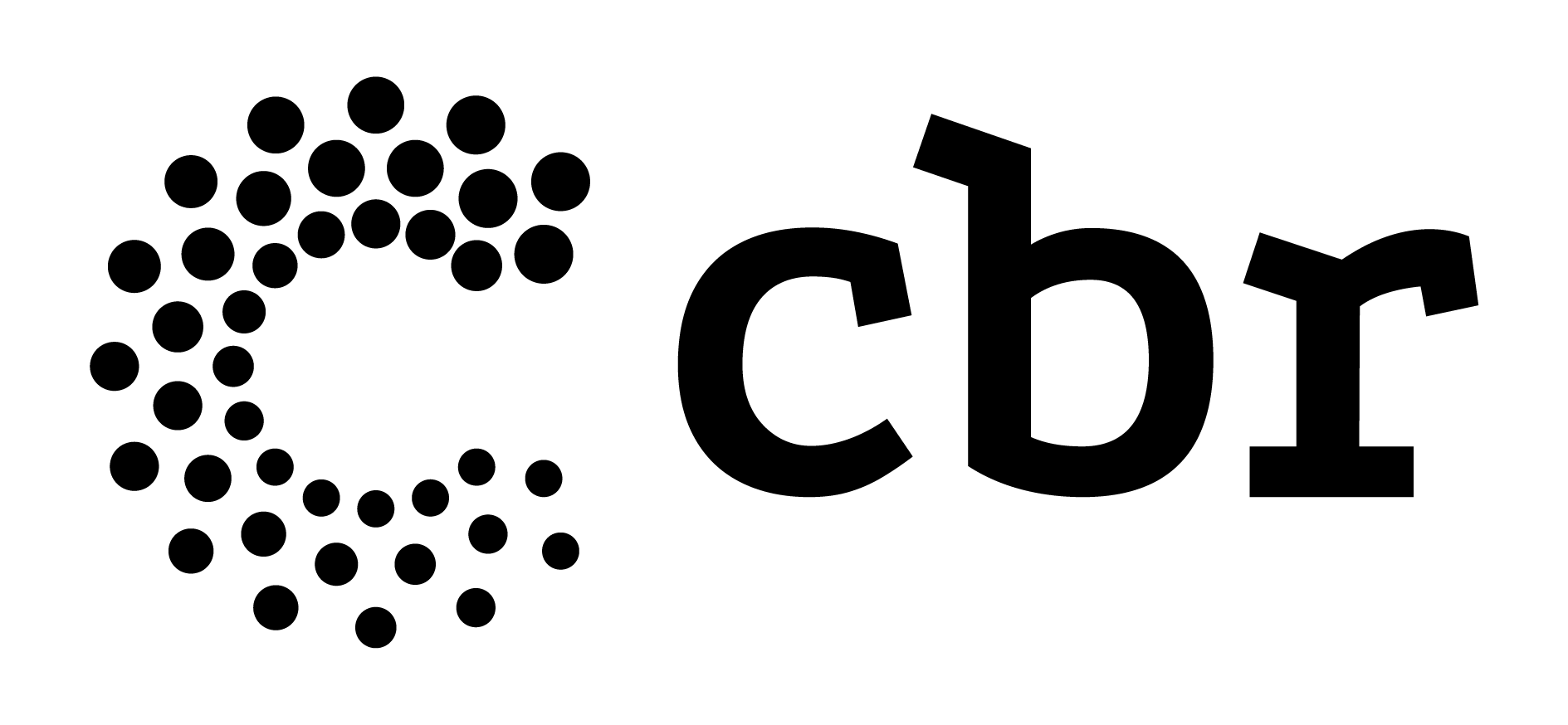A concern previously restricted to the practice of Gynecology and Obstetrics, the presence of a companion during examinations is currently a subject used by Radiology – at least from the perspective of certain specific segments of Diagnostic Imaging.
In fact, complaints filed by patients regarding crimes of a sexual nature allegedly occurred during radiological examinations have an increasing incidence in the police sphere and in the sphere of action of the Regional Medical Councils (CRMs) and the Federal Medical Council (CFM).
Cases of this nature involve factual situations – from the probative point of view – potentially complex: in the vast majority of them, there is no testimonial or material evidence, and their solution invariably includes only an analysis of the parties’ allegations (revealed by the maxim “the word of an against the word of another”).
Based on this context and perspective, specifically in those exams in which sensitive or intimate parts of patients are handled, such as mammography, hip exams and, in some cases, ultrasonography, the idea of being highly recommended is the presence of a companion in the room during the performance of the medical act.
The logic developed so far has its origins in some relevant precedents of CRMs, in cases that can perfectly, by analogy, be applied in the area of Diagnostic Imaging:
“It is recommended that the physician perform a breast or gynecological examination in the presence of an assistant in the area of health/ family member or companion. It is up to the manager of the Health Unit to compose its staff to provide the care it proposes. The BPA, being of a statistical and administrative nature, must be completed by the administrative assistant or room attendant.” (CREMEB Opinion No. 03/09 (Approved at the 1st Chamber Session on 01/05/2009).
“Recommendation No. 01/88 – CREMESP, which: Considering the large number of denunciations forwarded to this Council by the Police Station referring to sexual abuse in gynecology; Considering that the police authorities have repeatedly prosecuted doctors when presenting criminal complaints from patients, alleging that they had been subjected to acts of “violence and/or sexual abuse”; Considering, furthermore, that the analysis of the aforementioned complaints often reveals absolute ignorance of the patients in relation to breast exams and/or poor service of what might be a “specular exam” or “touch exam”, confusing them with “ libidinous acts”; Considering, finally, the difficulty of proving the occurrence of the facts, generally being the patient's word against the doctor's; It is recommended: 1. that physicians, when assisting patients undergoing gynecological examinations, preferably perform the referred medical acts in the presence of an assistant and/or person accompanying the patient; 2. that they explain to the patients in advance and in detail the procedures that will be carried out during the gynecological examination, in compliance with the provisions of article 46 of the Code of Medical Ethics”.
It is, evidently, a recommendation, which aims to protect the position of the radiologist and his patient, inserted in a context of intense judicialization of relations and which must be faced according to the rules of experience of each professional and according to the characteristics of each exam.
If the patient does not have a companion to witness the examination, it is recommended that the radiologist has an assistant present, who should remain in the room during the procedure. It should be noted that the radiologist is a professional with autonomy, therefore, if the patient does not agree with the presence of an assistant, the doctor may refuse to perform the examination.
DR. ALAN SKORKOWSKI
CBR legal advice



